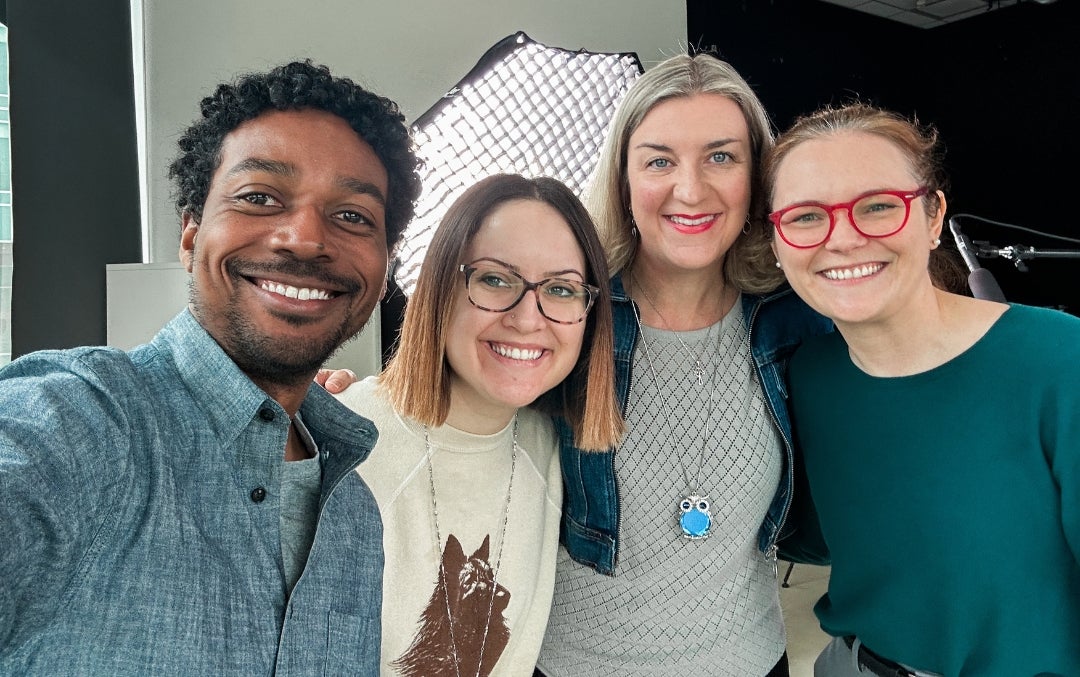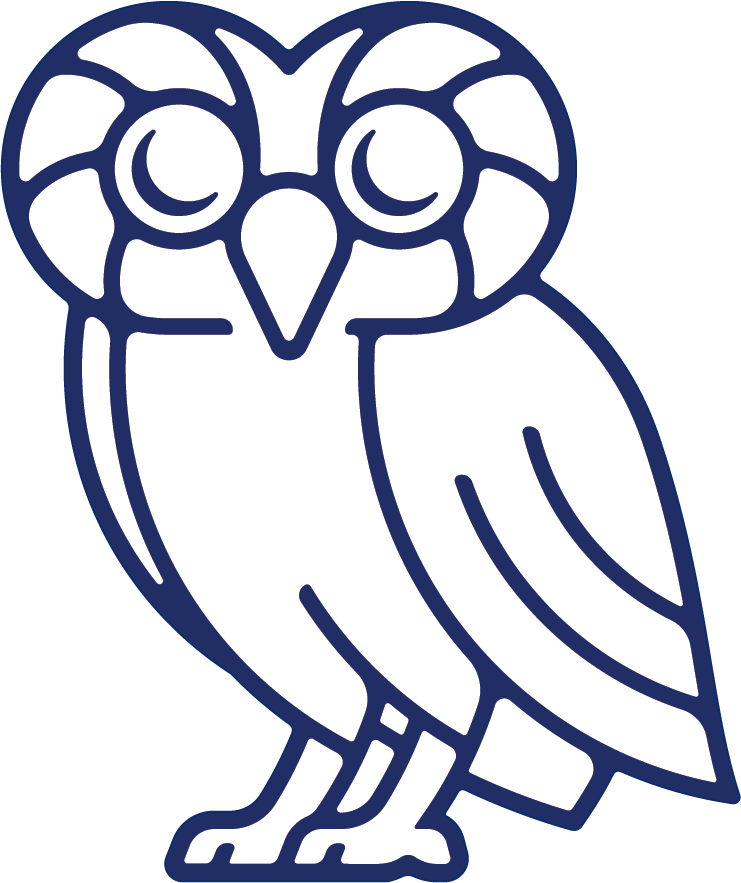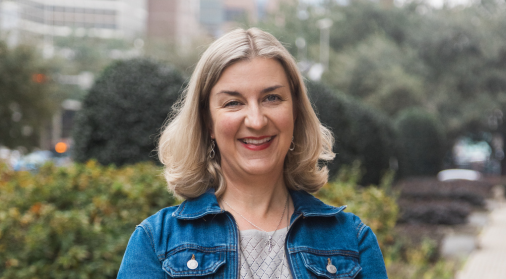
Dr. Laura Kabiri, assistant teaching professor and academic advisor in Rice University’s Sports Medicine & Exercise Physiology program, partnered with Rice Digital Learning & Strategy to develop three online Coursera specializations: Human Anatomy and Physiology I & II and Medical Terminology. In this interview, Dr. Kabiri shares how digital learning has helped her create more engaging and interactive learning experiences—leveraging storytelling, creativity, and innovative teaching strategies to bring medical concepts to life for students.
Want to hear directly from Dr. Kabiri about her experience developing digital courses with RDL? Watch the video interview now!
Q1: What inspired you to bring your courses to a global audience through digital education at Rice, and how did this align with your goals as an educator?
A: One of the main reasons I wanted to bring my courses online was that information and education empower people. As a teacher, one of the best things about my job is being able to take information and give it to others who may not have the opportunity to attend a formal university course on a university campus.
The brilliant thing about working with Rice Digital Learning and taking courses online means that anyone, anywhere with an internet connection has access to the same information that our students do on campus.

Q2: How did you factor in today's modern learner and their unique needs when designing your courses?
A: I think that today’s learners are quite varied in their environments. I personally came from a traditional undergraduate education, but then I went back to school while being a full-time mom and juggling a full-time career. That, combined with watching my own children navigate a traditional K–12 education, made me rethink what a learner might actually look like.
These unique learners and their needs helped shape my course design. Standing and lecturing at them for an hour and a half wasn’t going to work—so I kept lessons shorter, made them easier to access, and built in brain breaks, sound effects, and stories to keep them engaging. I also focused on making everything applicable to real-world scenarios.
Q3: What strategies and tools did you use to make your online courses engaging for students?
A: Medical terminology can be dry and tedious for learners. When most people think about a medical terminology class, they picture memorizing words with flashcards. And while you can learn that way, I don’t feel it’s ideal for understanding, retention, or real-world application. I wanted my courses to move beyond memorization and make content more engaging, interactive, and applicable to students' lives. I used my background as a clinician to bring in real-world applications.
We even built in story time segments where I shared actual experiences from my career to connect concepts to practical situations. I also wanted to ensure students still felt a sense of connection and community, even though they weren’t in a traditional classroom. We created team competitions, played charades with chefs, Pictionary with puppets, and a segment called ‘Word on the Street,’ where we asked people what they thought medical terms meant. This allowed students to collaborate, compete, and engage in nontraditional but effective ways.

Lecture still of Dr. Laura Kabiri doing an activity in her online course, Human Anatomy and Physiology I.
Q4: How did the digital format enable new elements or experiences beyond the traditional classroom?
A: When I decided to film my courses with RDL, I also decided to try a flipped classroom. One of the benefits to a flipped classroom and online lectures is that it allows students to learn at their own pace. I speak fast and think faster, and for some students it was difficult to both listen and take notes during live lecture. Giving access to all lecture material online allows them to pause, rewind, adjust the playback speed, and access video transcripts. It also allows students to travel for research or athletics or personal reasons without missing out on course or assessment material. For me, this improves learning outcomes and equity. Very important stuff! For years, I had loads of ideas and activities I wanted to do in the classroom to apply material but absolutely no class time to do so.
By moving lectures online, it freed up class time for active learning activities and games. Now I can actually ENGAGE rather than talk at them!
No longer do I have to stand and lecture to deliver information. I can spend time emphasizing key concepts or clarifying confusing ones. I can walk around and visit with them. I can put them into groups and have them engage with each other. All great things! This personalized learning has helped promote collaboration and teamwork among students as well as apply abstract concepts to concrete applications. I get comments from students that actually meeting and interacting with other students is a highlight of the class.
So much of this world is digital now, learners today need equal focus on the softer skills of professional communication, collaboration, teamwork. Utilizing online material has allowed me to spend time developing these skills which are so important in obtaining employment, particularly in healthcare. I tell students all the time that the internet can remind them about the role of calcium in muscle contraction, but this class can teach you how to build relationships and have a conversation with another human about it.

Lecture still of Dr. Laura Kabiri using green screen in her online course, Human Anatomy and Physiology I.
Q5: What inspired you to use your online course for your summer program, and how has it improved student learning?
A: I noticed that students wanted to earn summer credit, but so many were also traveling, researching, working, and otherwise juggling incredibly complex and successful lives! And to be honest, I was juggling the same. I was hesitant at first to take my courses fully online due to typical concerns about academic integrity, rigor, and the personal touch Rice is known for delivering to students. I had worked for different institutions before who did NOT do online learning well. RDL helped me rethink assessments to make them equally rigorous and robust.
They helped me bring personal touches to students by showcasing my unique personality and teaching style as well as creating activities that built community among students. It is important to me that whether a student takes my course online or in person, they are receiving the same information and assessment rigor. An “A” on their transcript should reflect equal learning despite course format. RDL helped me create courses that I feel good about delivering, regardless of modality. Now students can freely participate in summer activities without being tied to a traditional classroom. They don’t have to worry about missing out on course credit at the expense of other life demands and opportunities!
Q6: How did working with Rice Digital Learning support your teaching vision?
A: Creativity is a big part of who I am, and I think most educators have that same creative spark—but we don’t always have the opportunity to express it. One of the best things about working with Rice Digital Learning is that they don’t stifle your creativity. I came up with some pretty odd ideas to teach this information—everything from singing opera to swimming on a table—and Rice Digital Learning just said, “Okay, let’s make it happen.

Dr. Laura Kabiri with Course Designer, Lan Ma (Left), Video Production Specialist, Senia Perez (Front-Right), and Senior Video Producer, Spencer Dean (Back-Right) on filming day!
Q7: What would you say to other faculty who are considering working with Rice Digital Learning?
A: Having an amazing team of video producers and course designers is something that’s incredibly underutilized, especially at Rice. Once you start working with them, it sparks new creativity that makes your teaching better and stronger. I’d encourage anyone thinking about bringing their courses online to reach out to Rice Digital Learning—they help you take your vision and turn it into an engaging, high-quality learning experience for students everywhere.

Dr. Laura Kabiri (Center-Right) with Video Producer Akil Bennett (Left), Video Production Specialist Shelby Mathews (Center-Left), and Digital Communications and Marketing Specialist Cassie Kopecky (Right) in RDL filming studio on day of interview.
You are welcome to contact Rice Digital Learning to explore how you can create courses that reflect your expertise and passion. Join our community of educators who are shaping the future of education and helping to elevate Rice’s reputation as a leader in academic innovation.




